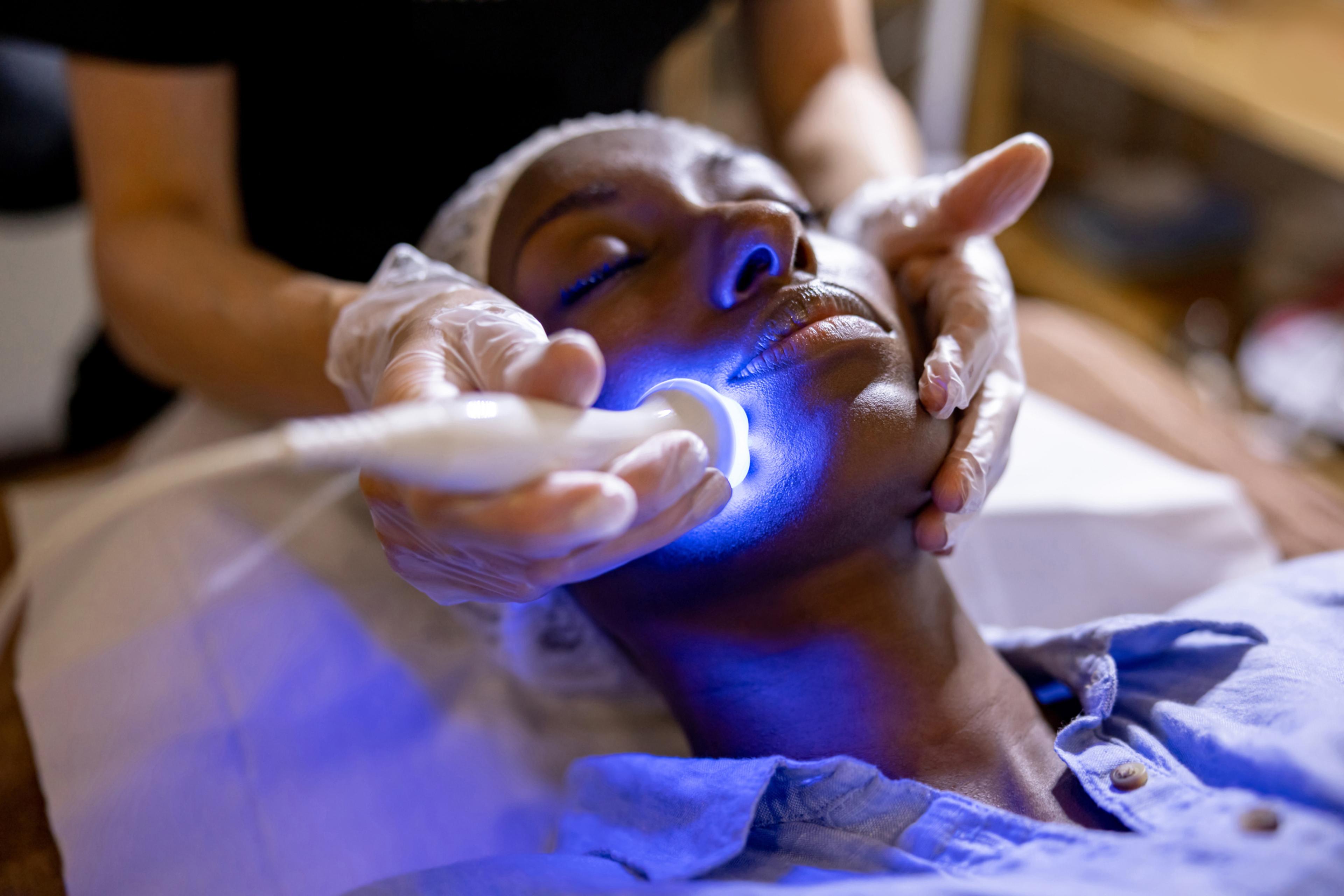How Bladder Needs Change for Women as They Age

Dr. Patricia Ferguson, M.D.
| 4 min read
Dr. Patricia Ferguson, M.D., is a former medical dir...

Roughly 25% of older adults in the U.S. experience some type of urologic issue in their daily lives, according to the National Association For Continence. Overall, the body becomes less efficient with age and that includes a decrease in bladder function. Aging women and women who have delivered children face unique bladder issues as well.
When the bladder is empty, it is no larger than the size of a pear. When full, the female bladder can hold up to 500 milliliters of urine and the male bladder can hold up to 700 milliliters. This elasticity allows for optimal bladder control and voluntary voiding. But with age comes stiffer elastic tissue. When the bladder becomes less stretchy, it can’t hold as much urine as before.
The first step in mitigating bladder issues is becoming more educated on the signs and symptoms of common urologic problems.
How weakened pelvic floor muscles may affect older women
About 1 in 4 women over the age of 20 suffer from some type of pelvic floor disorder, and that can include leakage of urine or stool, urgency, and other issues. The pelvic floor is made up of muscles and connective tissues that attach to the pelvis and support the uterus, bladder, small intestine and rectum. Over time, these muscles can weaken. Childbirth relies on the pelvic support system to push and slide the baby out during delivery.
Urinary incontinence in women over the age of 50
Weakened pelvic floor muscles can also lead to multiple forms of incontinence, including stress incontinence, which is the involuntary loss of urine when a person laughs, coughs, sneezes or attempts to lift objects. Stress incontinence risk factors for women include:
- Pregnancy and vaginal delivery
- Pelvic prolapse, which occurs when the bladder, urethra, or rectum slide into the vagina
- Childbirth can damage tissues and nerves in the pelvic area, leading to pelvic prolapse months or even years after delivering a child
Chronic incontinence– also known as overflow incontinence – occurs when a person is unable to fully empty their bladder. It’s a condition that affects people of all ages but is more common in women over 50. Women are most likely to develop urinary incontinence during pregnancy, after childbirth, or after menopause-related hormonal changes, which can cause the bladder to become more sensitive.
In addition, there are some temporary circumstances which can lead to incidents of urinary incontinence. Some of the more common causes include:
- Bladder irritation
- Bladder infection
- Restricted mobility
Protective pads, shields or diapers are options for women to manage incontinence and protect clothing from urine leakage. Specifically designed absorbent underclothing is another option. These types of clothes are similar in appearance to normal underwear and can be worn under everyday clothing.
Tips to keep the bladder healthy with age
Not all bladder issues can be controlled, but here are tips to promote good bladder health:
- Use the bathroom often and when needed: Try urinating at least once every three to four hours, even if you don’t have an urge, or feel the need to go.
- Urinate in a relaxing position: Relaxing the muscles around the bladder makes it easier to empty the bladder. For women, hovering over the toilet seat may make it hard to relax, so sit on the toilet seat instead.
- Take time to fully empty the bladder while urinating: Do not rush while attempting to empty the bladder. Urine that remains in the bladder for too long can lead to an infection.
- Wipe from front to back after urinating: Women should wipe from front to back to keep gut bacteria from entering the urethra, especially after a bowel movement.
- Engage in pelvic floor muscle exercises: Regular Kegel exercises such as these can strengthen the pelvic floor. They can be performed either seated, standing or lying down and are recommended three times per day.
- Make dietary changes: Eating more healthy carbs and increasing fiber intake can promote bladder health. Fruits like bananas, apples and berries are also good options. Some individuals find it beneficial to the bladder to avoid citrusy fruits, spicy foods and sugary beverages. Hydrating by drinking more water can decrease UTI risk and reduce constipation risk.
Individuals should contact their primary care provider if they suffer from intense bladder-related issues, such as a UTI, dark urine or fresh blood in the urine, or serious pain or discomfort in the pelvic floor.
Dr. Patricia Ferguson is medical director at Senior Health Services, Emergent Holdings. Emergent Holdings is a separate entity contracted by Blue Cross Blue Shield of Michigan to perform administrative services for Blue Cross’ Medicare Advantage program. For more health tips and information visit MIBluesPerspectives.com.
Read more "Healthy Aging" content:
Photo credit: Getty Images





